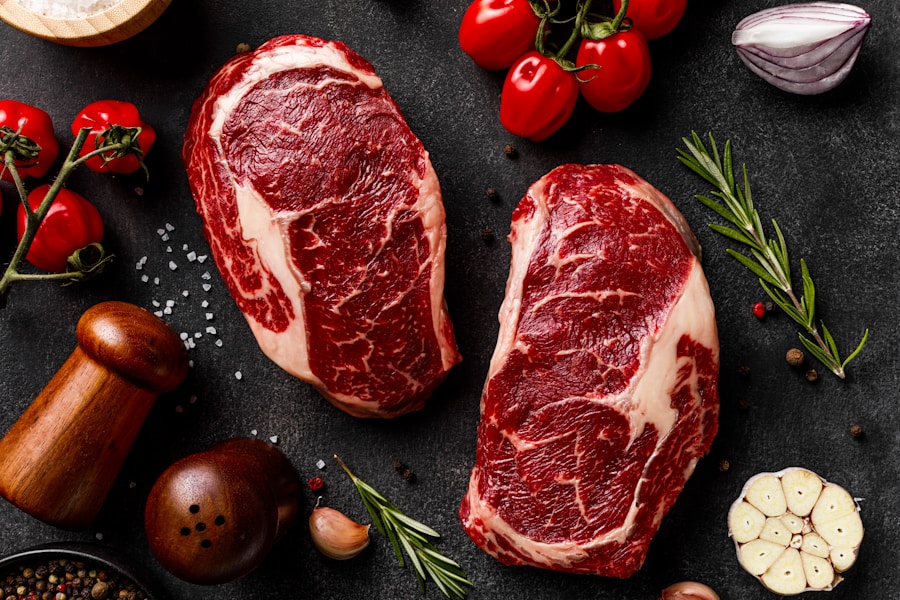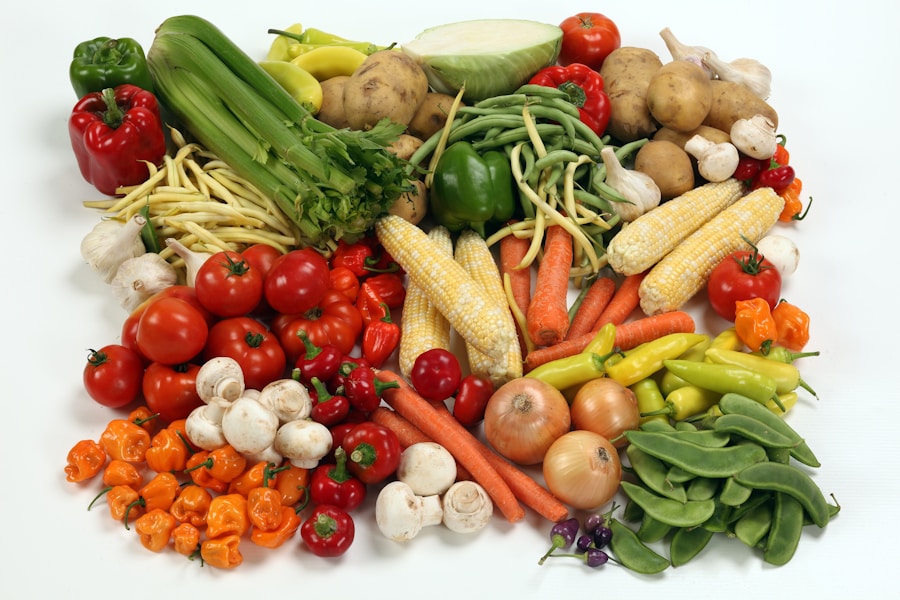A raw diet for cats has numerous benefits that can contribute to their overall health and well-being. One of the main advantages of feeding your cat a raw diet is that it closely mimics their natural diet in the wild. Cats are obligate carnivores, which means that they require a diet high in animal protein to thrive. A raw diet provides cats with the essential nutrients they need to maintain a healthy weight, strong muscles, and a shiny coat. Additionally, raw food for cats can help improve their digestion and reduce the risk of developing common health issues such as obesity, diabetes, and urinary tract problems.
Another benefit of a raw diet for cats is that it can help support their dental health. Chewing on raw meat and bones can help keep your cat’s teeth clean and free from plaque and tartar buildup. This can reduce the risk of dental issues such as gum disease and tooth decay, which can be painful and costly to treat. Additionally, a raw diet can help improve your cat’s overall immune system, making them less susceptible to infections and illnesses. Overall, feeding your cat a raw diet can help them live a longer, healthier life.
The Nutritional Needs of Cats and How Raw Food Meets Them
Cats have specific nutritional needs that must be met in order for them to thrive. One of the most important nutrients for cats is protein, which is essential for maintaining strong muscles and supporting overall growth and development. A raw diet for cats is high in animal protein, which provides them with the essential amino acids they need to thrive. Additionally, raw food for cats is rich in essential fatty acids, such as omega-3 and omega-6, which are important for maintaining healthy skin and a shiny coat.
In addition to protein and essential fatty acids, cats also require certain vitamins and minerals to support their overall health. Raw food for cats is rich in vitamins such as A, D, and E, as well as minerals like calcium, phosphorus, and magnesium. These nutrients are essential for supporting your cat’s immune system, bone health, and overall well-being. By feeding your cat a raw diet, you can ensure that they are getting all of the essential nutrients they need to thrive.
Common Misconceptions About Raw Cat Food
There are several common misconceptions about raw cat food that may deter some pet owners from considering it as a viable option for their feline companions. One of the most common misconceptions is that raw food for cats is unsafe due to the risk of bacterial contamination. While it is true that raw meat can carry bacteria such as salmonella and E. coli, it is important to note that cats have a highly acidic stomach environment that is designed to kill off harmful bacteria. Additionally, by following proper food handling and storage guidelines, you can minimize the risk of bacterial contamination in raw cat food.
Another common misconception about raw cat food is that it is expensive and time-consuming to prepare. While it is true that feeding your cat a raw diet may require some initial investment in quality ingredients and time to prepare meals, there are also pre-made options available on the market that can make feeding your cat a raw diet more convenient. Additionally, the long-term health benefits of feeding your cat a raw diet may outweigh the initial costs and time investment.
How to Transition Your Cat to a Raw Diet
Transitioning your cat to a raw diet should be done gradually to minimize any potential digestive upset. Start by introducing small amounts of raw food alongside their regular diet and gradually increase the proportion of raw food over time. It is important to monitor your cat’s behavior and stool during the transition period to ensure that they are adjusting well to their new diet. Additionally, you may need to experiment with different types of raw food to find what works best for your cat’s individual preferences and dietary needs.
It is also important to consult with your veterinarian before making any significant changes to your cat’s diet. They can provide guidance on how to transition your cat to a raw diet safely and effectively. Additionally, they can help you determine the appropriate portion sizes and nutritional requirements for your cat based on their age, weight, and overall health.
The Importance of Quality Ingredients in Raw Cat Food
When feeding your cat a raw diet, it is important to prioritize quality ingredients to ensure that they are getting the essential nutrients they need to thrive. Look for raw cat food that is made with high-quality, human-grade meats that are free from antibiotics and hormones. Additionally, choose options that are rich in essential fatty acids, vitamins, and minerals to support your cat’s overall health.
Avoid raw cat food that contains fillers, artificial preservatives, or additives that may be harmful to your cat’s health. Instead, opt for options that are made with natural ingredients and are free from unnecessary additives. By prioritizing quality ingredients in your cat’s raw diet, you can ensure that they are getting the essential nutrients they need to thrive.
Raw Food for Cats with Health Issues
Feeding your cat a raw diet can be particularly beneficial for cats with certain health issues. For example, cats with food allergies or sensitivities may benefit from a raw diet that is free from common allergens such as grains and artificial additives. Additionally, cats with digestive issues such as inflammatory bowel disease or pancreatitis may benefit from a raw diet that is easier for them to digest.
It is important to consult with your veterinarian before transitioning a cat with health issues to a raw diet. They can provide guidance on the best approach for meeting your cat’s specific dietary needs while managing their health condition. Additionally, they can help you determine if there are any specific nutrients or supplements that your cat may need to support their overall health.
Making Raw Cat Food at Home vs. Buying Pre-made Options
When considering feeding your cat a raw diet, you may be faced with the decision of whether to make their food at home or purchase pre-made options. Making raw cat food at home allows you to have full control over the ingredients and quality of the food you are feeding your cat. However, it requires time and effort to properly balance the nutrients in their meals and ensure that they are getting all of the essential nutrients they need.
On the other hand, buying pre-made raw cat food can be more convenient and may provide a more balanced nutritional profile for your cat. There are many reputable brands on the market that offer high-quality pre-made raw cat food options that are formulated to meet your cat’s specific dietary needs. Ultimately, the decision between making raw cat food at home or buying pre-made options will depend on your personal preferences, lifestyle, and your cat’s individual dietary needs.
In conclusion, feeding your cat a raw diet can provide numerous benefits for their overall health and well-being. By meeting their specific nutritional needs with high-quality ingredients, you can help support their immune system, dental health, and overall vitality. While there are some common misconceptions about raw cat food, with proper handling and preparation, it can be a safe and effective option for feeding your feline companion. Whether you choose to make raw cat food at home or purchase pre-made options, it is important to prioritize quality ingredients to ensure that your cat is getting all of the essential nutrients they need to thrive. If you are considering transitioning your cat to a raw diet, be sure to consult with your veterinarian for guidance on how to do so safely and effectively.





